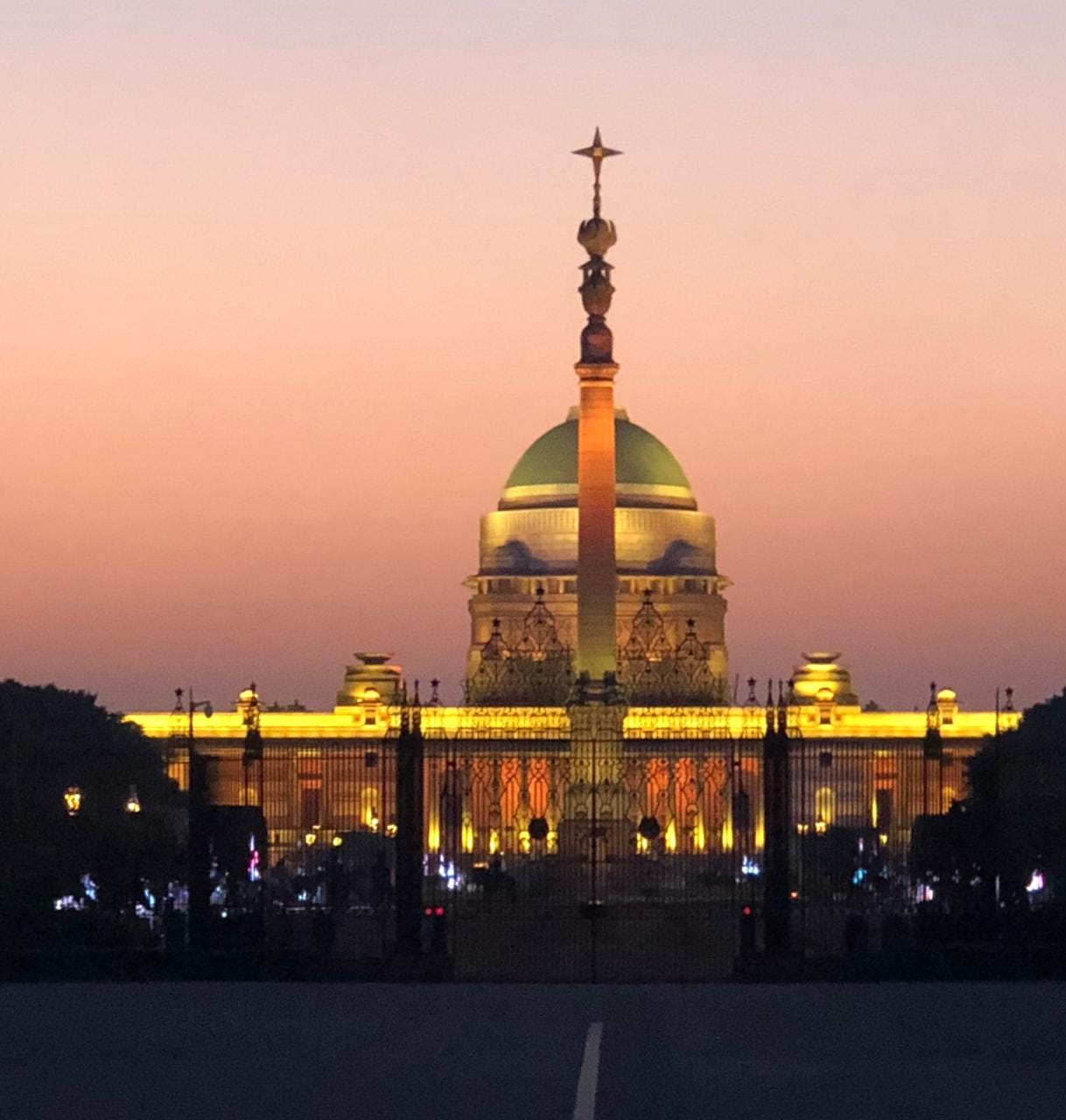"One Nation, One Election": Synchronicity is Easier to Achieve, Difficult to Sustain
In the Dynamic Theatre of Indian Polity, Sustained Synchronization May Remain a Distant Dream
Synchronicity is Easier to Achieve, Difficult to Sustain
The Union Cabinet’s acceptance and in-principle approval of the High-Level Committee’s recommendations on simultaneous elections, also known as "One Nation, One Election," represents a bold vision for reforming India's electoral system. While the proposal aims to streamline governance and reduce the frequency of elections, its long-term sustainability raises important concerns. Achieving synchronicity in elections, though difficult, may be possible, but sustaining it over time presents significant challenges, both at the state and national levels.
Constitutional Amendments and Legal Adjustments
The High-Level Committee has ensured that its recommendations align closely with India’s constitutional framework. Only minimal amendments are necessary to implement the simultaneous elections proposal, preserving the spirit of the Constitution while introducing significant reforms. However, certain legal adjustments, such as introducing fixed terms for legislatures, may be required to prevent mid-term disruptions. This would help maintain the synchronicity of national and state elections, but the challenges posed by the legislative process cannot be ignored. Securing the necessary special majority in Parliament and ratification by half of the state legislatures is crucial, but even that may not guarantee long-term electoral harmony.
Challenges of Synchronisation in State Legislative Assemblies
While simultaneous elections offer numerous benefits, such as reducing the costs of holding multiple elections and streamlining governance, there are serious apprehensions about their long-term viability. The biggest challenge arises with the State Legislative Assemblies, where synchronisation can be easily disrupted. If a state government loses its majority or a split verdict emerges, the prospect of placing the state under President’s Rule to maintain electoral synchronicity poses a serious risk to India’s federal structure. Prolonged central rule without a fresh mandate from the electorate could diminish state autonomy and undermine the federal balance of power.
Such a situation raises concerns about the democratic health of the states, where the autonomy to hold elections as needed is a key feature of the Constitution. While the spirit of simultaneous elections is to ensure efficiency, it may inadvertently lead to increased political centralisation and an erosion of the states' role in reflecting the will of their respective electorates.
Instability at the Union Level and Its Impact on Synchronisation
At the Union level, a different set of challenges arises. Although recent elections have produced stable majorities in the Lok Sabha, history has shown that split verdicts are not uncommon, as seen in the elections of 1996, 1998, and 1999. In the event of a hung Parliament, India does not have a provision for President's Rule at the Centre, unlike in the states. A caretaker government, which lacks the authority to pass crucial legislation such as the national budget, could be impractical and lead to a governance crisis. In such a scenario, the synchronisation between national and state elections would likely break down, necessitating fresh elections for the Lok Sabha well before the scheduled timeline.
Such political instability could easily disrupt the intended alignment of elections, pushing the country back into a cycle of frequent elections at both levels of government. While the idea of "One Nation, One Election" is appealing for its promise of efficiency and reduced political disruption, the reality of electoral uncertainty makes it difficult to guarantee sustained synchronisation over time.
Conclusion: A Path Forward, Fraught with Challenges
The concept of "One Nation, One Election" presents a transformative vision for India’s democratic processes, aiming to reduce the frequency of elections and improve governance efficiency. However, the challenges of maintaining electoral synchronisation, particularly in the event of political instability, raise valid concerns about its sustainability. Political leaders and stakeholders must consider the long-term implications of this reform, including potential disruptions at both the state and national levels, before moving forward with implementation. While achieving electoral synchrony is possible, sustaining it in a diverse and politically dynamic country like India may prove to be an enduring challenge.



…..such necessity has arisen due to the fallout of horse trading amongst the politicians. Had anti-defection Act been framed as No-defection Act, there would have no necessity of such step now…..